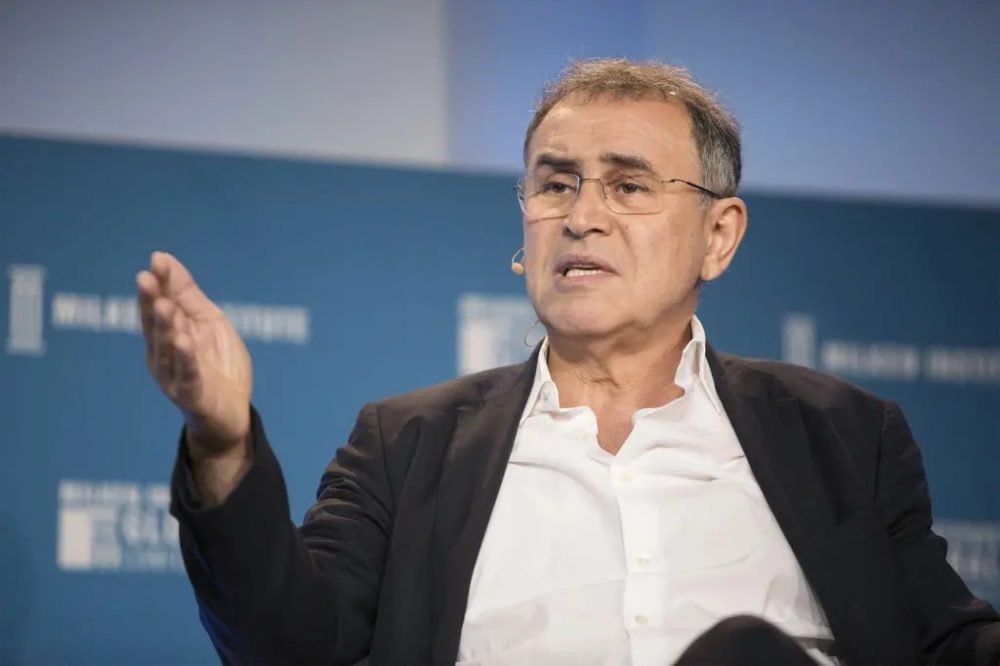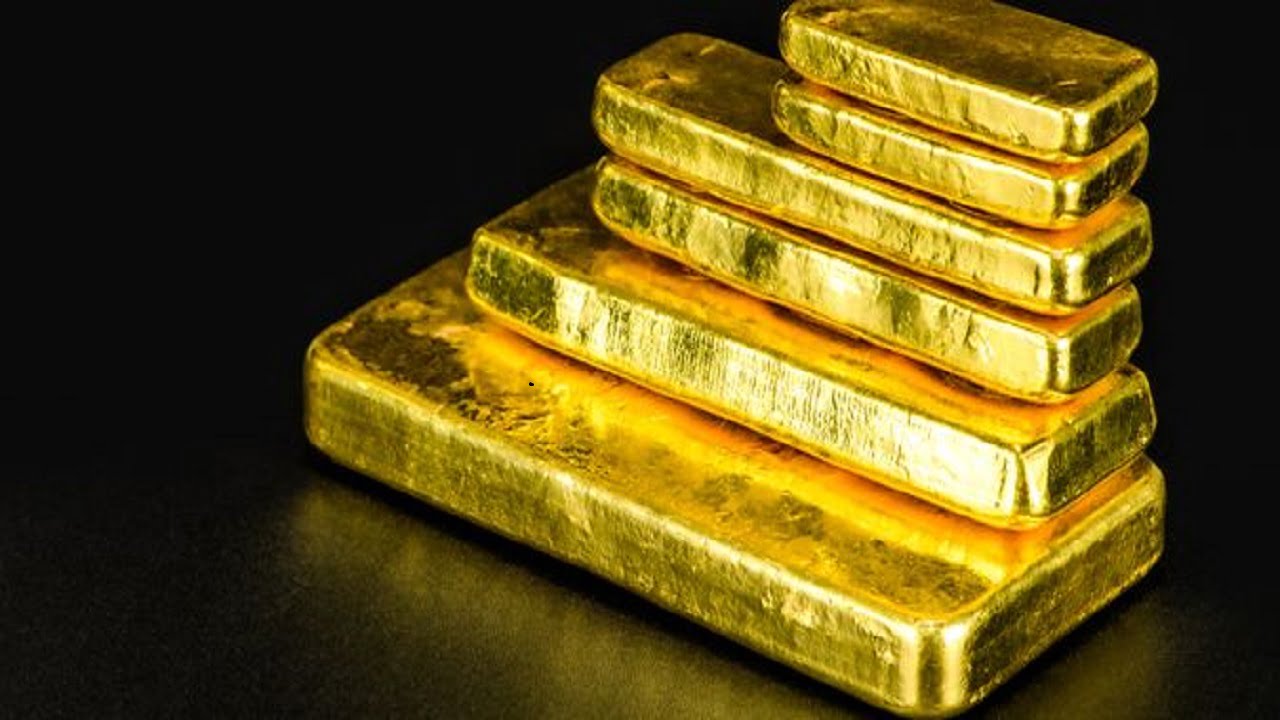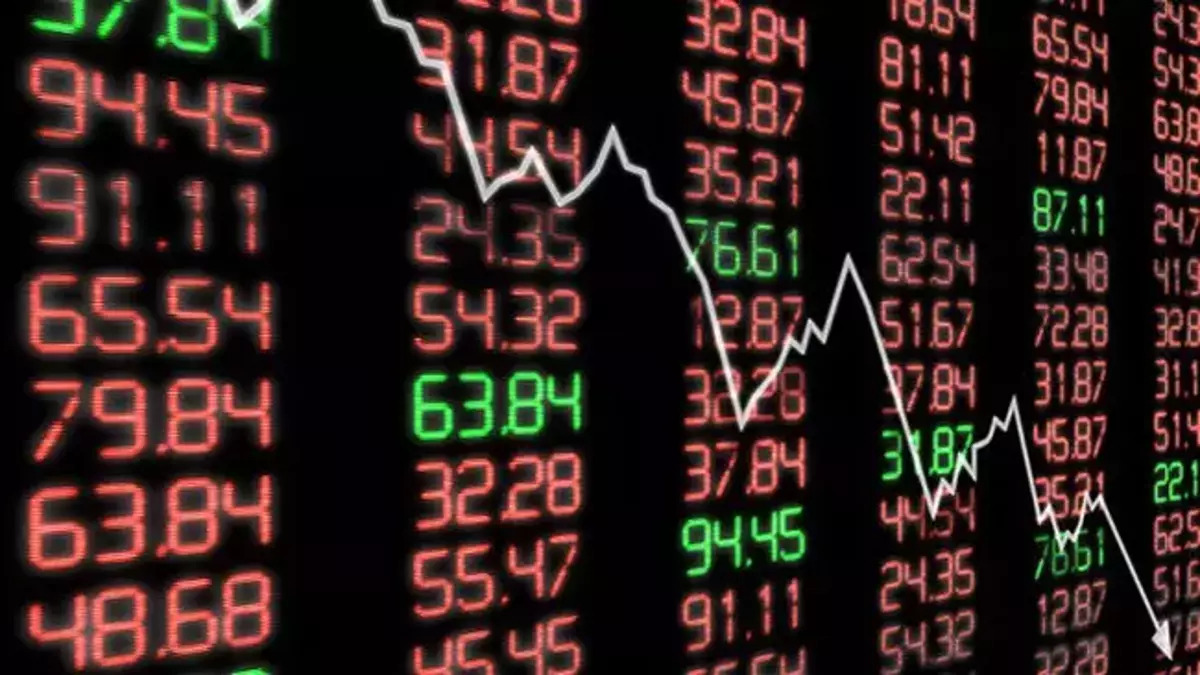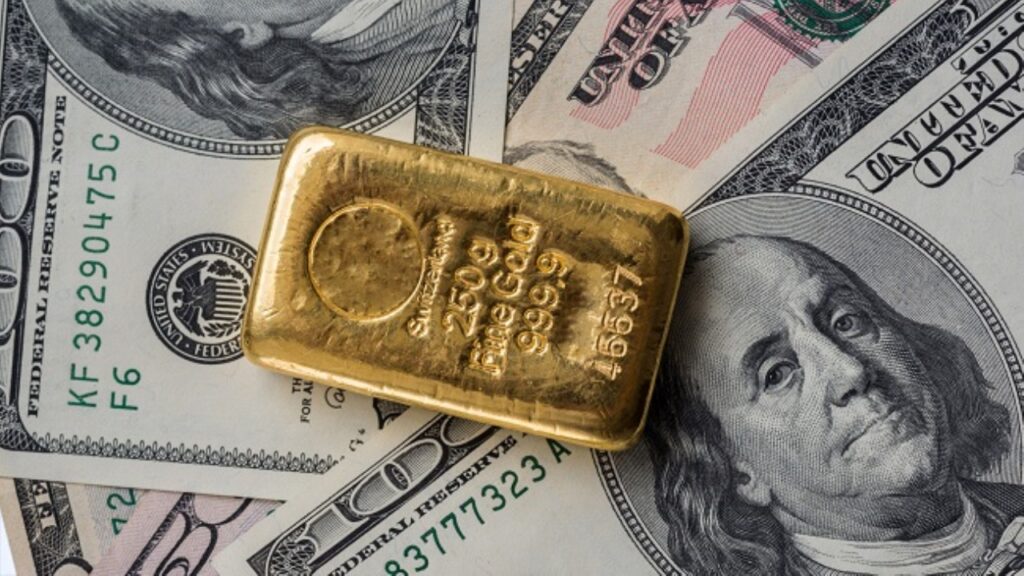Nouriel Roubini, who predicts that we will see a stagflationary debt crisis that we have never seen before for the next decade, says only assets like gold will save.
“We are heading towards a crisis we have never seen before”
Nouriel Roubini, CEO of the Roubini Macro Associate and professor at the NYU Stern School of Business, warns that the world is facing a decade-long stagflationary debt crisis like never before. In a recent article in Time, Roubini detailed his expectations with examples from the 1970s and 2008. He explained that the next crisis will not be like the previous ones because of the stagflation aspect involved in large public debt:
We had stagflation in the 1970s, but there were no major debt crises because debt levels were low. After 2008 we had a debt crisis, followed by low inflation or deflation, because the credit crunch created a negative demand shock. Today, we face supply shocks in the context of much higher debt levels, implying that we are heading towards a combination of 1970s-style stagflation and 2008-style debt crises – a stagflationary debt crisis.
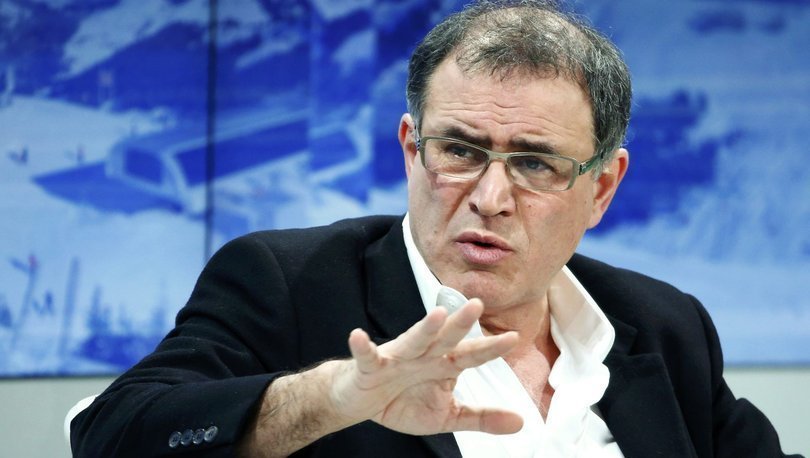
Stagflation is an environment characterized by higher inflation and slower growth.
The Fed has increased rates by 300 basis points this year to combat inflation. Therefore, it is now widely accepted by the Fed that the possibility of a “soft landing” will be challenging. However, how severe and permanent this economic slowdown will be is still a matter of debate. Roubini writes in his article on this subject:
The US experienced two consecutive quarters of negative economic growth in the first half of this year, but job creation was strong, so we were not yet in an official recession. But now the labor market is softening and so a recession is likely in the US and other advanced economies by the end of the year.
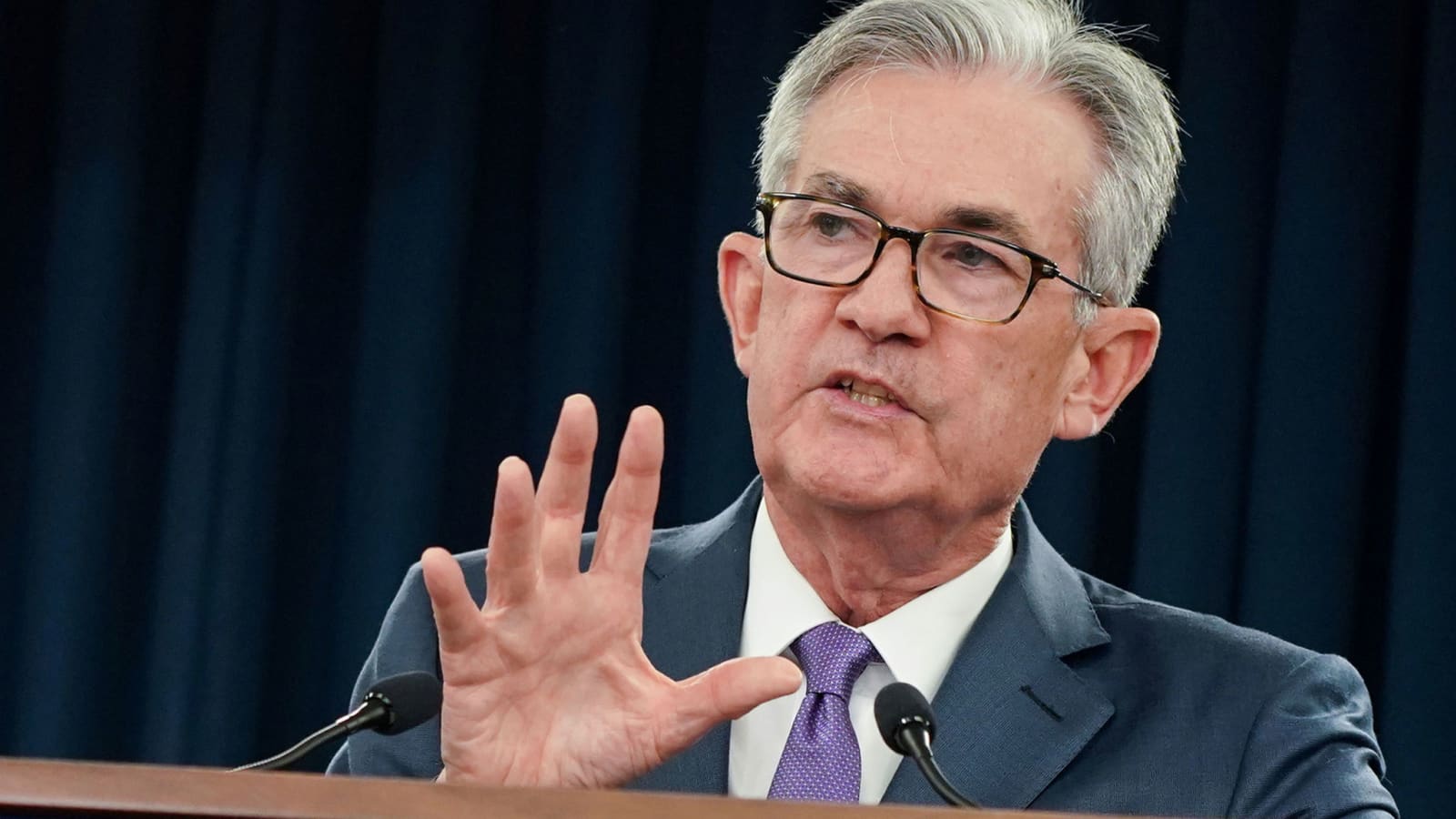
But there are enough signs to predict that the severe stagflationary debt crisis will determine the next recession. Roubini explains it this way:
As a share of global GDP, private and public debt levels are much higher today than in the past, rising from 200% in 1999 to 350% today. Under these circumstances, rapid normalization of monetary policy and rising interest rates will push highly leveraged households, companies, financial institutions and governments into bankruptcy and default.
Investors need assets like gold
Roubini noted that a traditional asset portfolio will not work in this macro environment, with a 60/40 portfolio of stocks and bonds experiencing major losses for the first time in decades in 2022. In light of this, investors need to look for assets that offer protection against inflation and political and geopolitical risks. According to Roubini, this could include gold:
These include short-term government bonds and inflation-indexed bonds, gold and other precious metals, and real estate resistant to environmental damage.
cryptocoin.comIn this article, we have presented the current analysis of the London Gold Market Association.

